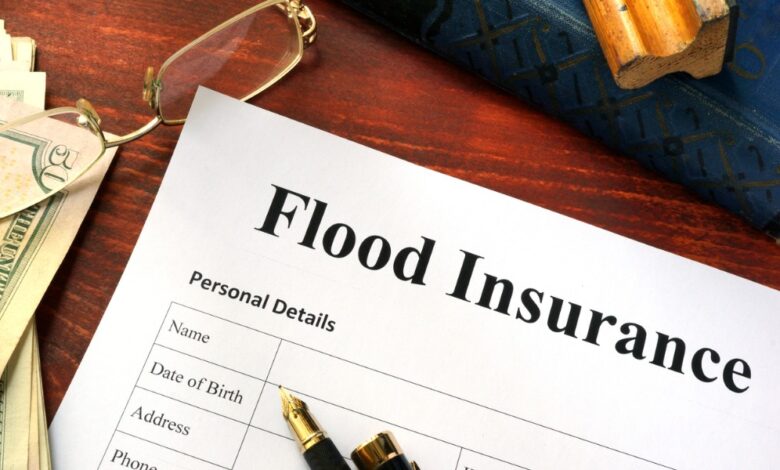Insurance Task Force Recommends Tax Exemptions for Insurance Premiums

Insurance Task Force Recommends Tax Exemptions for Insurance Premiums
Disasters and Floods
by
In Pennsylvania, the private flood insurance market has grown significantly, from about 1,500 policies in 2016 to nearly 16,000 in 2023. Despite this growth, only about 50,000 of the state’s 3.1 million insured homes are covered by flood insurance, highlighting a significant gap in protection.
In a comprehensive effort to address the growing challenges of flood insurance, the Flood Insurance Premium Assistance Task Force released its final report in July 2024. Established by Act 22 of 2023, the Task Force is tasked with reviewing the current flood insurance landscape and making recommendations to improve accessibility and affordability for Pennsylvanians.
Flood risks increase with climate change
As the climate crisis worsens, the task force said Pennsylvania faces a growing threat from flooding events, which are expected to increase in intensity and frequency. These floods can cause significant damage to homes, including structural problems and mold growth, which can exacerbate respiratory illnesses. Despite the significant risks, there is a common misconception among consumers that standard homeowners insurance covers flood damage, leaving many policyholders financially vulnerable when disaster strikes.
Formation and objectives of the work team
The task force, made up of seven members including state representatives, senators, and officials from the Pennsylvania Department of Banking and Securities and the Pennsylvania Emergency Management Agency (PEMA), aims to raise awareness of flood insurance and suggest strategies to make it more affordable. Over the course of six months, the task force met five times, engaging with consumers, industry experts, and federal partners to gain insights into the evolving flood insurance market.
Key Recommendations
- Establish a Community Rating System Help Desk (CRSA): This proposed office would help communities join FEMA’s CRS program, which offers discounts on flood insurance based on proactive floodplain management efforts.
- Improving disclosures during the home buying process: The task force is calling for legislation to ensure better disclosure of flood risks and insurance requirements to potential buyers.
- Integrating continuing education credits: Flood risk and insurance courses should be incorporated into continuing education requirements for insurance producers, real estate agents, and mortgage lenders.
- Promote education and awareness: The Task Force recommends developing a robust outreach program to inform homeowners, renters, and business owners of the benefits of flood insurance.
- Incentivizing household climate change mitigation through tax credits: Tax incentives for flood mitigation measures would encourage homeowners to take preventive action.
- Enhanced coverage for water damage: Insurance companies should be encouraged to offer coverage for water-related damage.
- Integrating Flood Resilience into Building Codes: The Uniform Building Code and Advisory Board should review and incorporate flood resistance into building standards.
- Pennsylvania Flood Insurance Relief Act Proposal: This legislation would allow an income tax deduction on flood insurance premiums.
- Further study of innovative solutions: It is advisable to continue exploring new insurance models such as micro-insurance and group coverage to enhance community resilience.
Addressing Market Challenges
Floods are among the most devastating natural disasters in the United States. The report says that a single inch of water can cause up to $25,000 in damage, a financial burden that many households cannot afford. The National Flood Insurance Program, established in 1968, initially provided affordable flood insurance, but it has faced significant challenges in the wake of major disasters like Hurricane Katrina and Superstorm Sandy. Legislative reforms and new pricing methods, such as Risk Rating 2.0, are aimed at financially stabilizing the program and ensuring that premiums reflect actual risk.
Public participation and expert input
The task force’s five public meetings included presentations from FEMA, PEMA, and academic institutions such as Pennsylvania State University in Harrisburg. These sessions emphasized the importance of community engagement in flood mitigation and the critical role education plays in increasing insurance uptake.
The report’s recommendations reflect a combination of public input, interagency collaboration, and expert analysis. Implementing these recommendations may require additional legislative action, funding, and resources, but the task force is optimistic that these steps will significantly improve Pennsylvania’s flood resilience.
For more details, the full report is available here.
Related Stories






Fetching comments…